What to see in Padua without spending your money
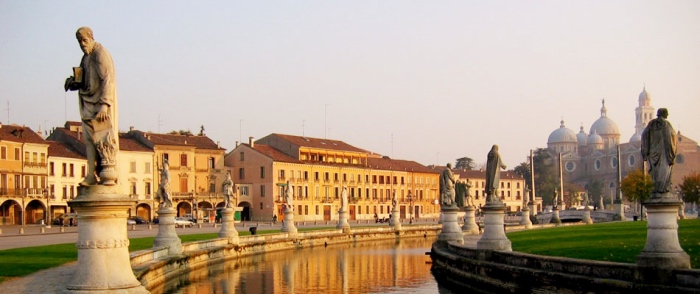
What to see in Padua without spending your money
What to see in Padua. As far I’m concerned, Padua is the city of marvels, because you can simple take a walk around the city and you will able to know its centuries-old history and the most important artists who were the protagonists of the history of the city.
In this post I will suggest a short itinerary for a free walk. It will surprise you, I promise!
The walk I suggest it might take you from one hour to two hours. It depends on how fast you will walk and how many breaks you will take. But don’t hurry!
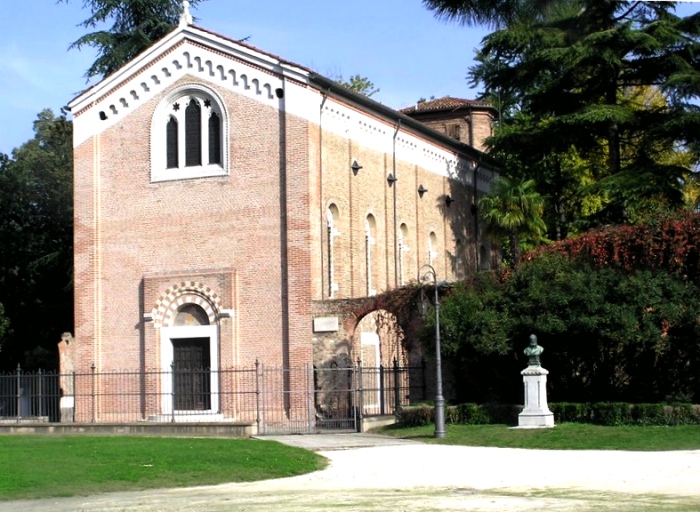
The Scrovegni Chapel
You’ll start from the Giardini dell’ Arena, inside which there are the Scrovegni Chapel painted by Giotto, the first of the main sights of Padua, and the Civic Museum Agli Eremitani which I visited some time ago.
You can enter the gardens freely, but unfortunately visitors are always charged an entrance fee to visit the Civic Museum. In addition, if you visit the Scrovegni Chapel, you have also to book your ticket, because it is obviously one of the must-see for all passing tourists in Padua.
Next to the gardens, there’s the Church of the Eremitani, containing one of the masterpieces by Andrea Mantegna, the Ovetari Chapel.
You can enter the Church freely and you can admire the frescoes survived a heavy bombardment which destroyed almost entirely this place on March 11th 1944.
The Ovetari Chapel by Mantegna is only the final stop-over of journey made of masterpieces along the central nave of the Church, where artists such Giusto de’ Menabuoi and Guariento painted their masterpieces.
The frescoes are so important because the history enters the events depicted and the architecture is part of the narration, exaggerating the emotions. Andrea Mantegna always used the architecture to surprise and to tell stories, and here in Padua you can see the style he would make him famous and would make him create his most renowned masterpiece in the “Camera degli Sposi” in Mantua( the “bridal chamber”).
From the Giardini dell’ Arena you can walk on along via Cavour and you’ll arrive at the Pedrocchi Cafè. It has historical prominence because its role in the 1848 riots against the Habsburg monarchy, as well as for being the meeting point for the citizens since the 19th century. Here intellectuals, artists, writers and patriots met. Stop here and have a coffee, and lose yourself for at least 20 minutes in a building made of history, passions ad ideals.
When you exit the Caffè Pedrocchi, in a minute you’ll arrive at the Palazzo Bo, historic seat of the University of Padua, founded in 1222 (among the world’s most ancient universities), where there’s the anatomical theatre inaugurated in 1594.
Inside, in the 16th-century courtyard, there are the classrooms in which lessons have been taken for centuries, and teachers and students have met and confronted each other.
Notable people who attended the University of Padua include Nicolò Copernico, Pico della Mirandola, Ugo Foscolo and Galileo Galilei.
From the University you can continue towards Prato della Valle, one of the symbols of Padua, which comes after the Red Square in Moscow in terms of size.
The current structure of Prato della Valle is the result of a large project carried out in the second half of the 18th century, aimed to reclaim and restore the entire area.
From here you can proceed towards the near Abbey of Santa Giustina, which hosts the tombs of Saint Justine and the Evangelist Saint Luke, or towards the Basilica of Saint Anthony, where the relics of Saint Antony are kept and you can see works by Donatello.
I await your comments to know how was your walk 😉
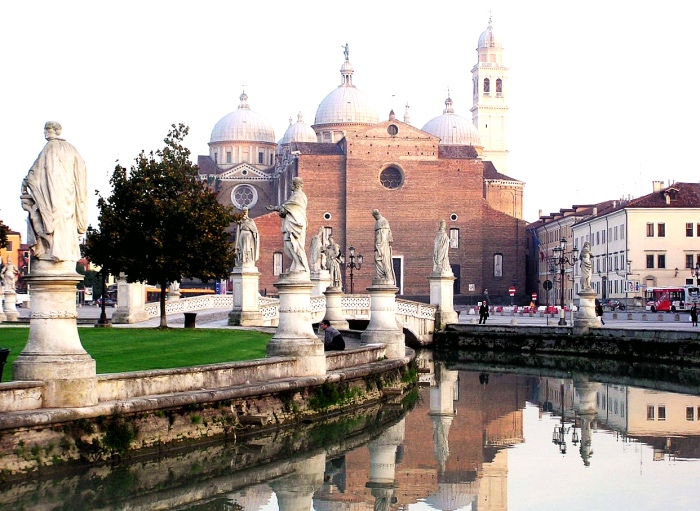
Abbey of Santa Giustina
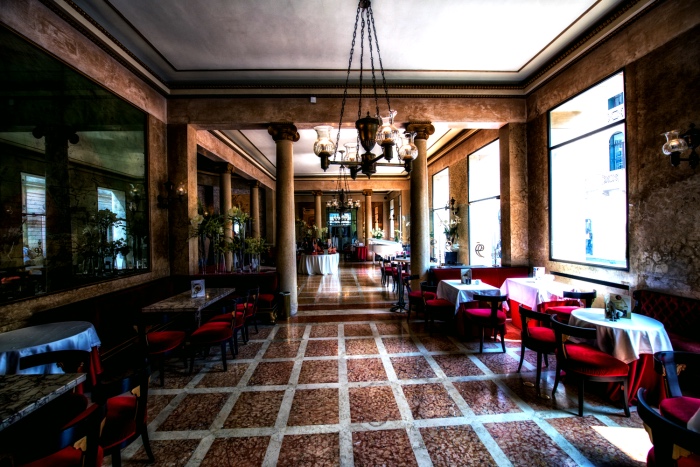
Caffè Pedrocchi
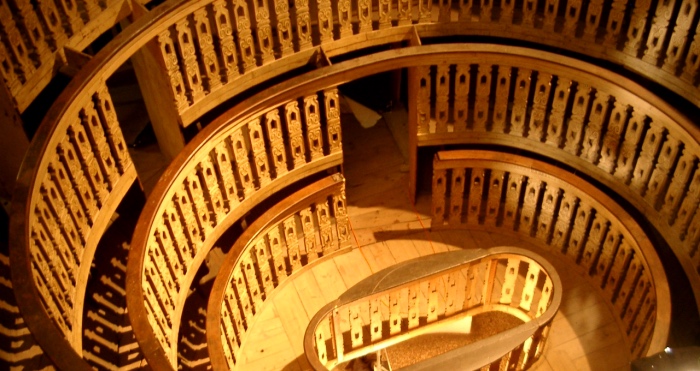
Anatomical theatre
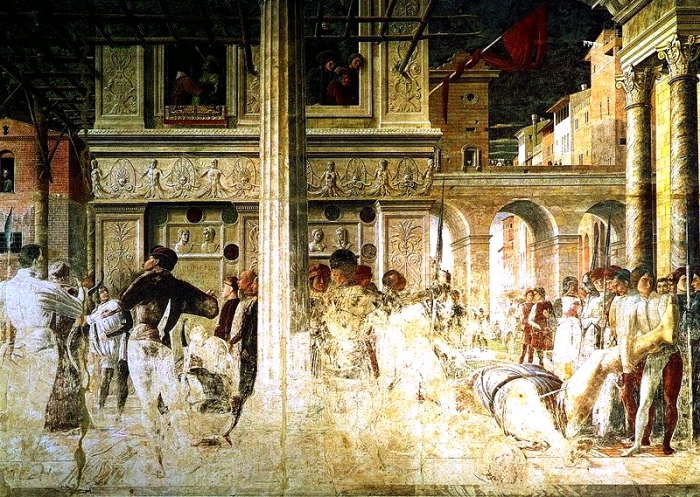
Andrea Mantegna, the Ovetari Chapel
Follow me on:
About me
In this blog, I don't explain the history of art — I tell the stories that art itself tells.


